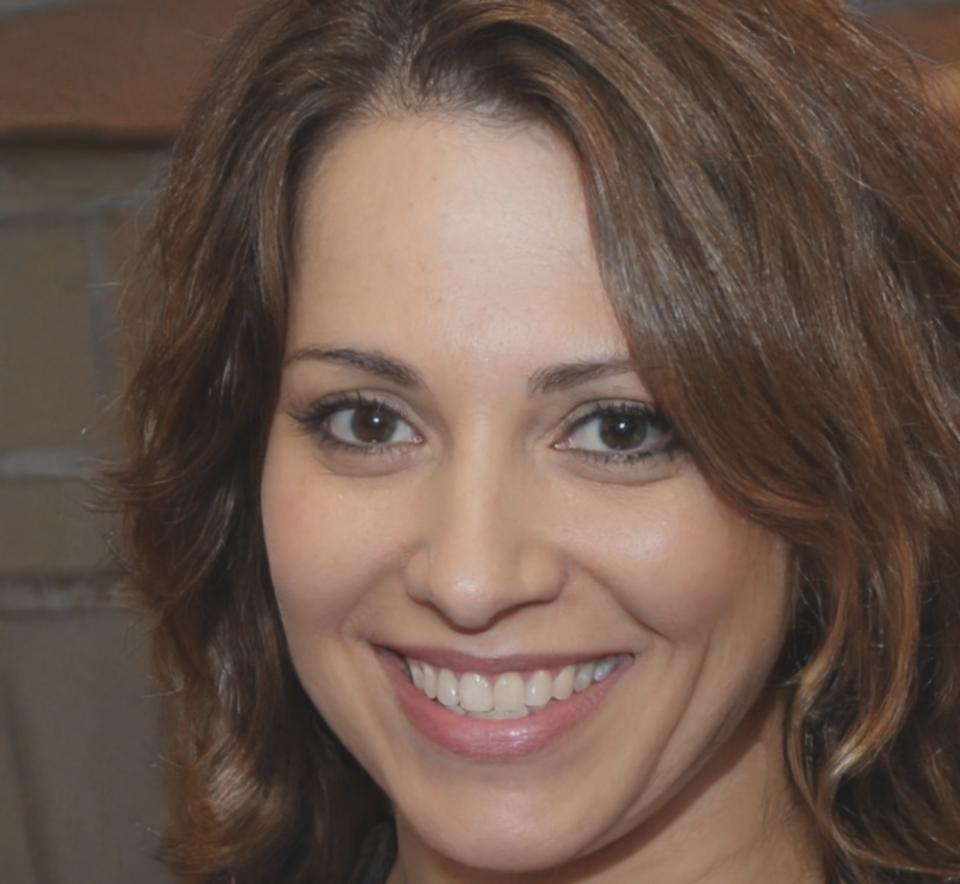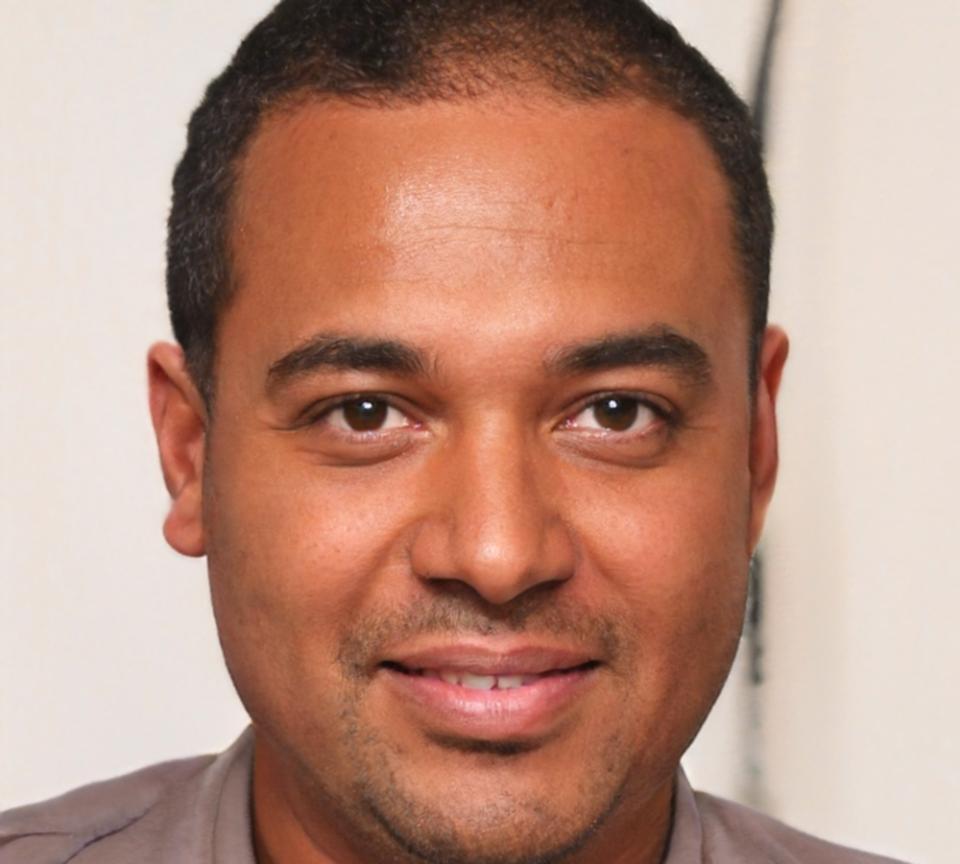Build Game Worlds That Feel Alive
Learn to craft 3D environments that players want to explore. Our program walks you through terrain sculpting, prop placement, lighting tricks, and performance optimization. No shortcuts—just solid fundamentals and hands-on projects that make sense.
Discover Our Approach
Your Learning Journey
We break down environment creation into manageable stages. Each phase builds on what you've learned, so you're never stuck guessing what comes next.
Foundation Months
Start with 3D software basics, understand how game engines handle meshes, and practice simple prop modeling. You'll work with low-poly assets and learn why polygon count matters.
Environment Assembly
Learn terrain shaping, texture blending, and asset placement. We cover modular kits, lighting principles, and how to make spaces feel intentional rather than random.
Polish and Performance
Dive into optimization techniques, LOD systems, and occlusion culling. You'll also explore atmosphere creation using fog, post-processing, and ambient sound integration.


Tools You'll Actually Use
We focus on industry-standard software and workflows that studios rely on. By the end, you'll be comfortable navigating multiple programs and moving assets between them without losing quality.
Blender and Maya
Model props and structures with clean topology. Learn UV mapping and texture baking basics.
Unreal and Unity
Import assets, set up lighting rigs, and test performance in real-time game engines.
Substance Suite
Create tileable textures and material variants that look good at any distance.
Version Control
Work with Git and Perforce to manage large files and collaborate with team members.
What You'll Walk Away With
Finishing the program means having a portfolio of playable environments, solid technical skills, and enough confidence to join a production team or start freelance work.
Technical Proficiency
You'll understand mesh optimization, shader basics, and how to debug common rendering issues. These skills matter when you're working under tight deadlines.
- Optimize meshes for target platforms
- Set up material instances and parameters
- Troubleshoot lighting artifacts
- Implement LOD chains efficiently
Creative Problem-Solving
Learn to balance artistic vision with technical constraints. We teach you how to make smart compromises that keep both art directors and programmers happy.
- Design environments within memory budgets
- Use modular pieces creatively
- Communicate with different team roles
- Iterate quickly based on feedback
Voices from Past Cohorts

Mirela Petrovic
Environment Artist at Indie StudioI came in knowing Photoshop and basic modeling. Six months later, I shipped my first game level. The instructors pushed me to think about player flow and performance, not just making things look pretty. That perspective stuck with me.

Stefan Vukovic
Junior World BuilderThe portfolio projects made the difference during interviews. Employers wanted to see real environments running in-engine, not just renders. Having three finished levels showed I could handle production constraints, not just theory.
Next Cohort Starts September 2025
We're accepting applications for our autumn intake. Classes run for nine months with evening sessions twice weekly and weekend workshops once per month. You'll need your own computer and software licenses, though we provide trial access initially.
Application Period
Submit your portfolio or completed assignment by July 15, 2025. We review applications within two weeks.
Interview Round
Selected candidates meet with instructors for a casual chat about goals and expectations. No formal test required.
Program Begins
First session kicks off September 8, 2025. You'll receive preparatory materials and software setup guides in advance.
